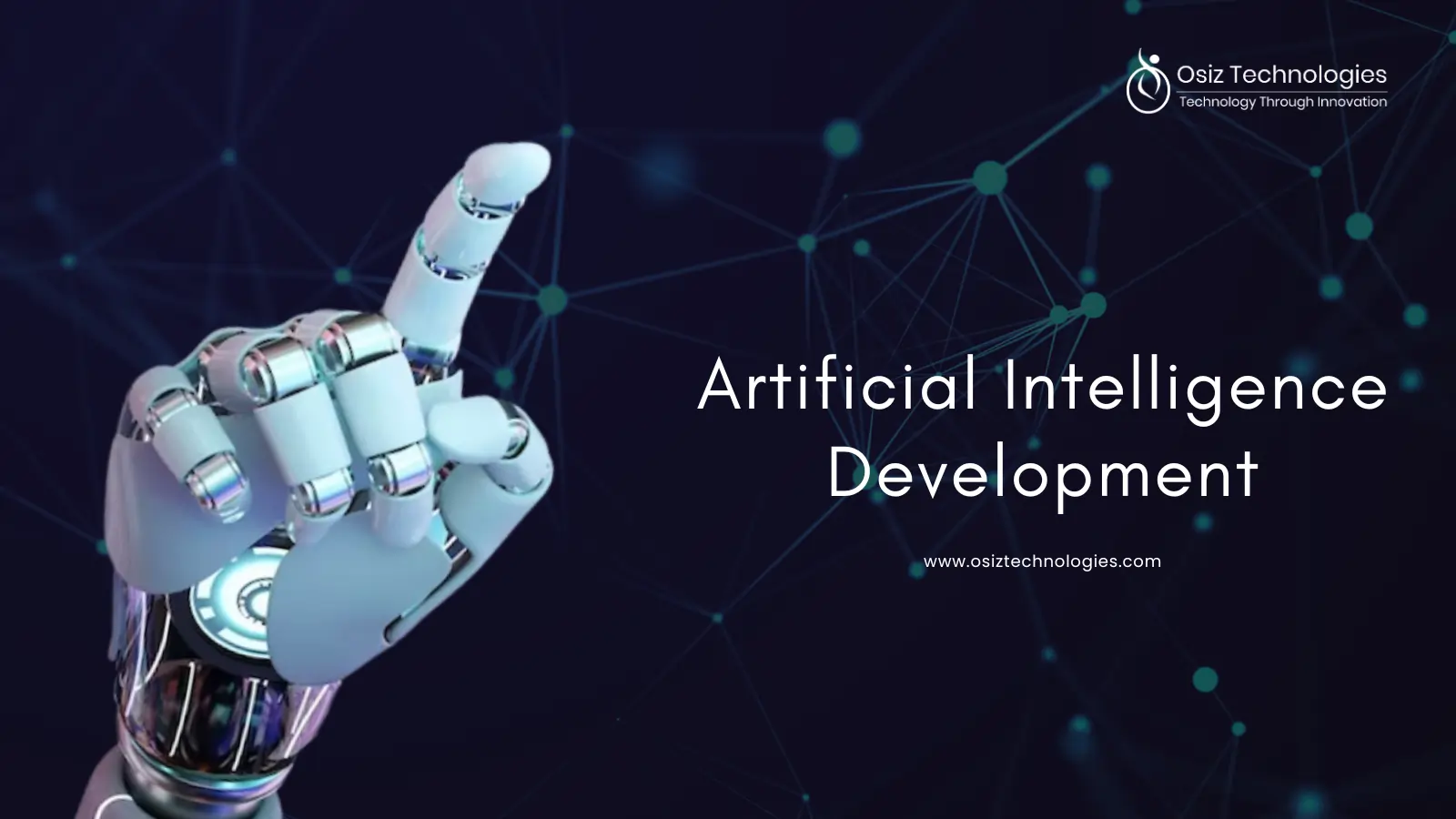An Overview of Multi-Agent System
In AI, multi-agent systems (MAS) refer to a framework in which several agents cooperate or interact to carry out activities, resolve issues, or accomplish objectives. Every agent has some degree of autonomy or semi-autonomy; they could be robots, software, or any other sentient creature that can act and make decisions on its own. Together, these agents can do tough tasks or find solutions to issues that could be challenging for one agent to address alone. Osiz, being the top AI development company in the industry, offers excellent solutions for multi-agent systems efficiently. Let’s get started with this blog post.
Key Components of Multi-Agent System
Autonomy: In a multi-agent system, each agent functions independently, choosing what to do and when to do it without consulting a master controller.
Complexity: Because multi-agent systems contain sophisticated processes like learning, reasoning, and decision-making, their interactions are intricate.
Adaptability: When the environment changes, agents in a multi-agent system can modify their behavior.
Concurrency: Multiple agents can work on various tasks at the same time in a multi-agent system that supports parallel processing.
Communication: Within a multi-agent system, communication occurs between agents through inter-agent communication as well as intra-agent communication.
Distribution: Agents in multi-agent systems function on several hosts over a network, which means that the agents are frequently dispersed throughout several sites or platforms.
Types of Multi-Agent Systems
Cooperative Agents: Cooperative agents work together to accomplish shared objectives, and their success depends on the efforts of all involved agents.
Adversarial Agents: Adversarial agents are those with conflicting goals. They frequently try to obstruct or overcome other agents to accomplish their objectives.
Mixed-Agent Systems: These systems incorporate aspects of both rivalry and collaboration. In certain areas, agents collaborate while in other areas they compete.
Hierarchical Multi-Agent Systems: Agents in hierarchical multi-agent systems (MAS) are grouped according to different degrees of power and accountability.
Working of Multi-Agent Systems
The container-component architecture model can be used to envision the system in a multi-agent architecture, where:
- Components: The individual agents themselves make up the components. Every agent performs independently, has distinct duties and responsibilities, and can collaborate with other agents to achieve group objectives.
- Container: The agent environment serves as a representation of the container. The agents function inside this environment as their framework. It offers crucial functions including coordination, communication, and discovery, making it possible for agents to locate one another, share data, and work together productively.
Let's dissect this idea and gain a deeper understanding of it:
Agents as Components:
- With a variety of skills, capacities, and goals, every agent operates as an independent entity.
- Agents can work autonomously and with varied specializations while collaborating with other agents.
Agent Environment as the Container:
The main system that keeps the agents running is the agent environment. It provides necessary services that help agents communicate and work together. As an example,
- Discovery: Agents can find and recognize other agents in the environment through discovery. It guarantees that agents can locate and connect.
- Communication: The protocols and systems that allow agents to exchange data and messages are referred to as communication. It allows for a variety of interaction types, including providing information, directing actions, and issuing instructions.
- Coordination: This keeps agents' interactions in check and ensures that they are working toward a single goal by coordinating their activities.
Advantages of Multi-Agent Systems
Flexibility: MAS can adjust to dynamic and shifting conditions by nature.
Robustness: MAS's resilience is one of its main advantages. If a single agent malfunctions or runs into a problem.
Modularity: Agents may be created, tested, and deployed individually thanks to MAS's modular design.
Better Decision-Making: By combining the ideas from several agents, each with a unique viewpoint and area of expertise, MAS can improve decision-making.
Enhanced Cooperation: MAS makes it possible for agents to work together efficiently, exchanging data, assets, and tactics to accomplish shared objectives.
Use Cases of Multi-Agent Systems
Healthcare: These agents collaborate to assign resources, including medical personnel and equipment, to patients in real-time, to create individualized treatment plans based on patient data, and to monitor patients' overall health.
Gaming: Each agent in the game represents a character or entity with distinct goals and behaviors, resulting in dynamic gaming.
Manufacturing: Multiple agents are used by multi-agent systems to keep an eye on different parts of the production process, such as workstations, machinery, and inventory levels.
E-commerce: To provide precise product suggestions, MAS analyzes customer data such as browsing history, preferences, and purchase trends using a group of interacting agents.
Why Choose Osiz for Multi-Agent System Development?
Osiz is an eminent AI development company that provides high-end multi-agent systems for many enterprises. By dividing up the burden across several agents rather than depending on a single central system, MAS lowers the possibility of system-wide failures and promotes more effective resource usage. The function of MAS is anticipated to expand with technological advancement, spurring innovation in automation and intelligent systems. MAS is positioned as a cornerstone for upcoming intelligent systems due to its capacity to improve collaboration, improve operations, and adapt to changing circumstances.
Listen To The Article
Recent Blogs

X-Mas 30%
Offer










